Set up an inclusive environment
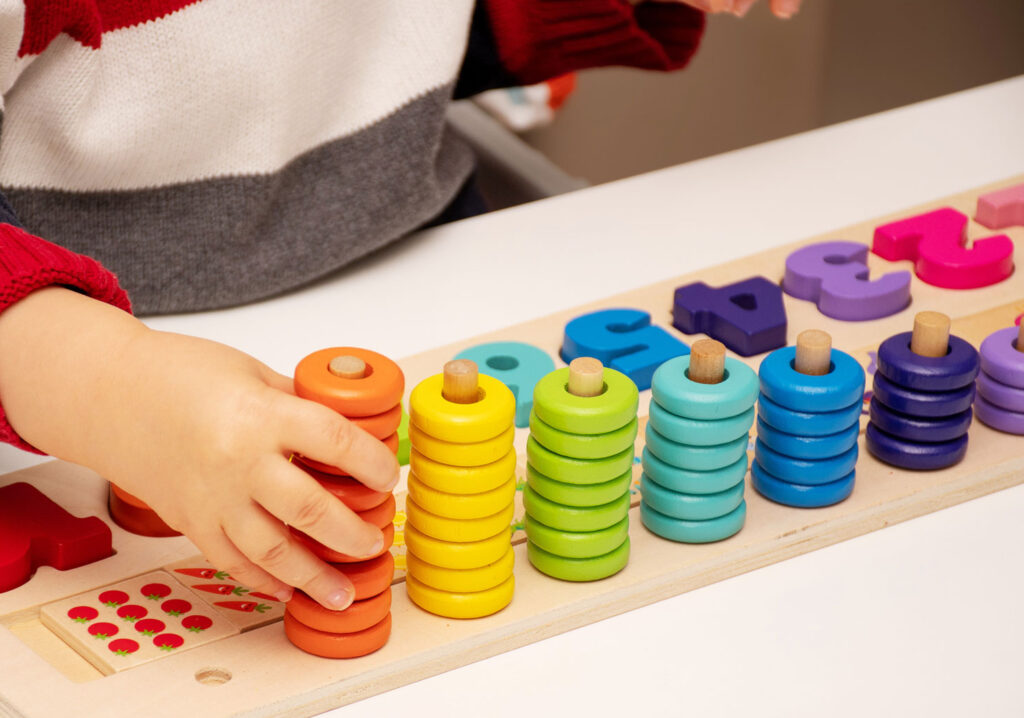
Apply Your Knowledge
Set up an inclusive environment
The materials in your classroom send powerful messages about the values that inform your teaching. Take stock of your early childhood environment and ask yourself the following questions:
- Who is represented in my classroom library?
- What messages am I sending with the materials in my play and dress-up areas?
- Does this environment support or suppress self-expression and exploration?
Classroom Centers and Materials
Enrich your classroom environment with materials that reflect the reality of a diverse world. Click on the tabs below to find out how.
Arrival Area
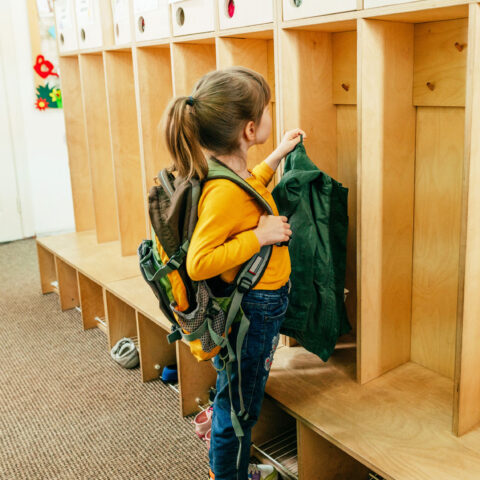
Are you unintentionally reinforcing gender stereotypes in your arrival area? Here’s how to start the day in a more welcoming and affirming way:
- Avoid gendered children’s cubbies and separation by gender.
- Decorate the area with photos of the children wearing clothes that express their diverse identities and engaged in activities that they enjoy.
- Make sure you have spare clothing on hand that each child will feel comfortable wearing.
- Greet the children with the names or gender pronouns that they prefer.
- Welcome and validate the children in ways that don’t reinforce gender stereotypes. Avoid comments such as: “You look so pretty /handsome today.”
Classroom Displays

Create classroom displays that represent diverse family structures, including LGBTQ+ children and families.
- Create a photo exhibit featuring the family members of children and staff.
- Feature photos of diverse families in other classroom displays. Include photos that represent:
- Different family structures
- LGBTQ+ families working, playing and living together
- Children engaged in a variety of activities that highlight their diverse interests and identities
- People who look and dress in a variety of ways
- People engaged in occupations and activities that transcend gender stereotypes
Classroom Library
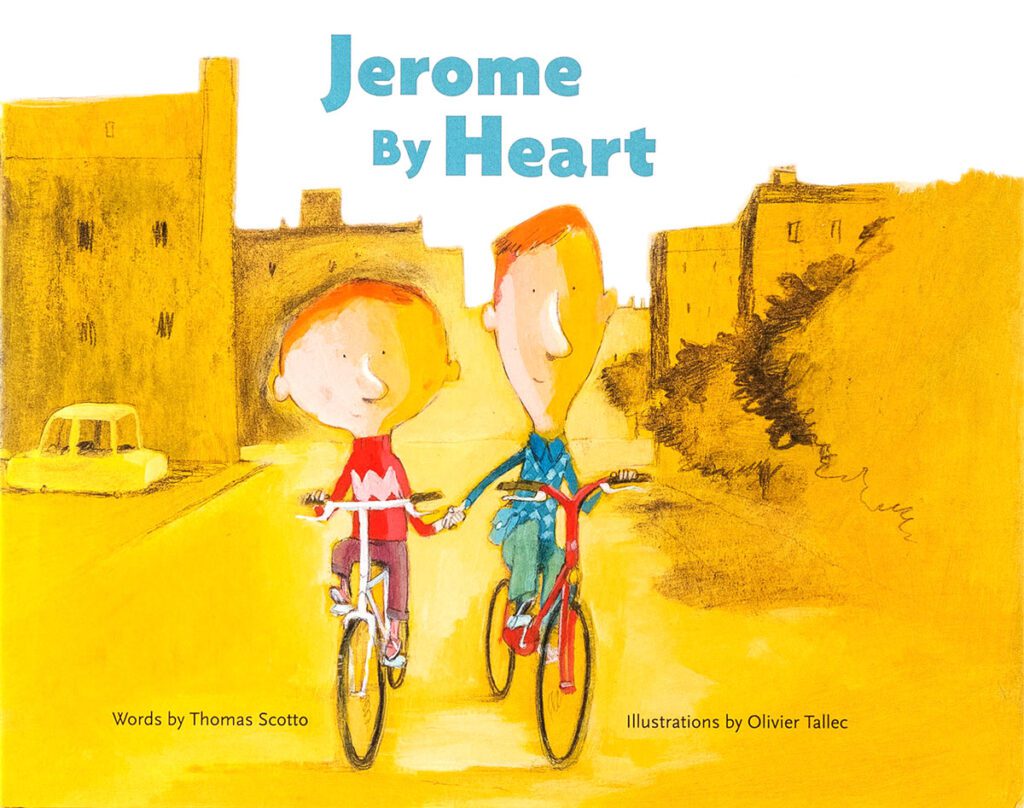
Literature is a powerful way to increase LGBTQ+ representation in early childhood classrooms. But your work should not stop at representation. Encourage children to share their own experiences, ask questions and explore different forms of personal expression. With every age group, read and share books that feature:
- Diverse examples of loving Rainbow families
- The life experiences of LGBTQ+ children and adults
- Positive depictions of trans and gender-expansive people
- Characters whose decisions about what children should do, wear, think, or play with are not limited by gender stereotypes
- Stories about what it means to be a good friend and ally
- Letter, number and color lessons with LGBTQ+ themes
- Concepts and vocabulary that empower children to express themselves and engage with a diverse world
Check out our inclusive children’s books and teaching guides to find out more
Baby Dolls
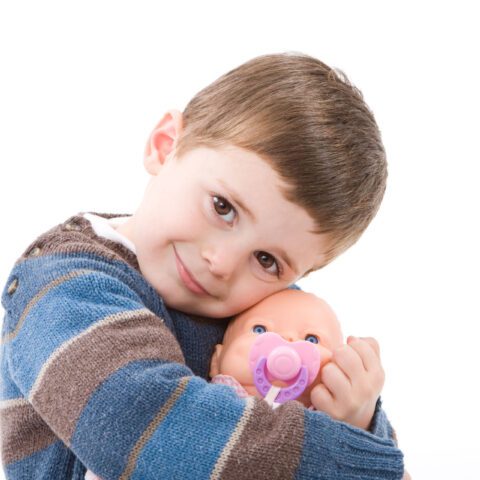
When children engage in pretend play with baby dolls, they learn how to care for and communicate with a vulnerable human being, begin to develop social-emotional traits such as empathy, learn the vocabulary related to body parts, and gain insights into human diversity. As you evaluate the role of these dolls in your classroom, consider how they can be used to meet your anti-bias teaching goals:
- Incorporate baby dolls that are not explicitly gendered through the use of blue and pink clothing and accessories.
- To foster positive social-emotional traits such as empathy and responsiveness, encourage children to “read” the baby doll’s cues and emotions, “listen” to how the doll communicates, and address the doll’s needs.
- When guiding children in their pretend play with baby dolls, use they/them pronouns, model how to ask others about their gender, and “let the baby tell us” about its gender identity, rather than making gender assumptions.
- Encourage pretend play that stresses the baby doll’s interests, needs and actions, rather than focusing on how pretty or handsome the baby doll might be.
- Encourage all of the children in your program to engage in baby doll play and caregiving. Send a clear message that caring for a child is everyone’s privilege and responsibility.
Figures and Manipulatives
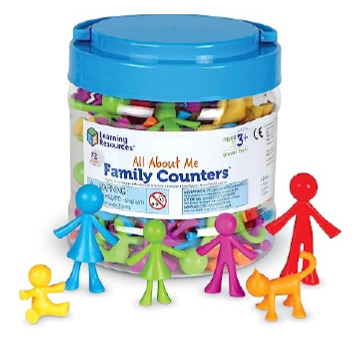
Detailed human figures can play an important role in pretend play by teaching children about human diversity. But other types of figures can be just as useful, as well as interesting for young children to explore. Follow the tips below to support your anti-bias curriculum:
- Make sure that the more realistic human figures represent many aspects of human diversity—such as age, profession, skin color, and physical abilities.
- Many human figures—such as action figures—are still strongly gendered in terms of clothing (dress, colors) or profession (uniforms), so look for toys that expand and challenge stereotypical ideas about these categories.
- In your manipulative and block areas, include human figures that are not gender coded through clothing, colors or hairstyles.
- Include a diverse set of doll families so that children can select or create groupings that resemble their own families.
- Include human forms and manipulatives that enable children to sort by categories such as humans versus animals, humans of different sizes or adults versus children, rather than sorting human forms by perceived gender or color.
Dramatic Play and Dress-up
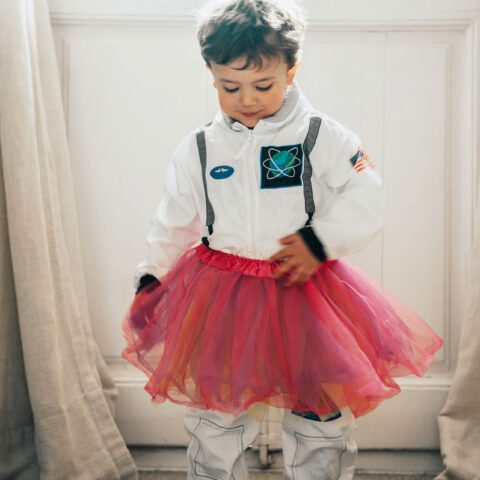
The early childhood classroom should offer a wealth of opportunities for children to express themselves and explore different identities through imaginary play. Be sure to create opportunities for children to transcend traditional gender stereotypes:
- Stock your dress-up area with options that are not obviously gendered to portray stereotypically male/female roles.
- Include a variety of “uniforms” and clothing options to stimulate creativity (dress-up items do not have to represent a specific role or profession; give the children the space and freedom to act out their own ideas about how to use them).
- Incorporate props that encourage children to engage in different forms of imaginary play or express themselves in different ways.
- Encourage children to try out a variety of dress-up options and props to encourage them to move beyond preconceived notions of what is “acceptable.”
- Consistently reinforce the idea that children can pretend to be anyone they want to be and that they do not have to select roles that match what others may perceive as their gender.
Writing Center
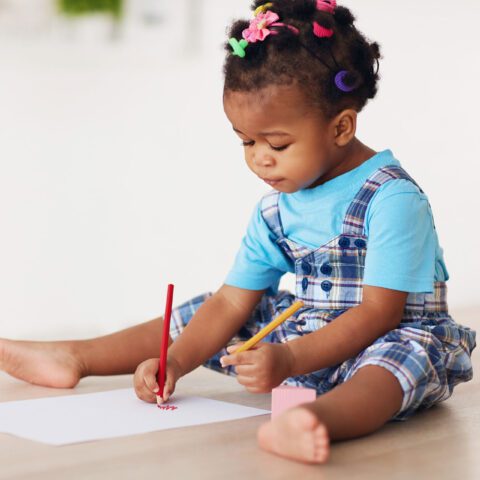
The writing center is more than just a place to practice writing letters and numbers. Children explore scribbling as a motor activity, a means of self-expression, and a way to represent their life experiences. To help foster a compassionate and inclusive community, incorporate some of these materials and ideas into your writing center activities:
- Include photos of diverse people and families for inspiration. Encourage older children to write or dictate stories about all kinds of people and families. Include alphabet and number books, dolls and figures, and/or familiar objects for younger children. You can also provide prompts for older children.
- Make sure that children have opportunities throughout the day for exploring and expressing themselves and develop their fine-motor skills through scribbling. As the children mature, work together with them to create letters, words and names that relate to their experiences.
- Encourage social interaction at the writing center. Children can share their stories and talk about their scribbles and writing. These interactions will help build social competence and self-confidence as the children share their work and ideas.
- Use the writing center to create personalized books to add to the classroom library. These can describe and celebrate children’s interests, choices, family structures, or other aspects of their lives.
Art Area
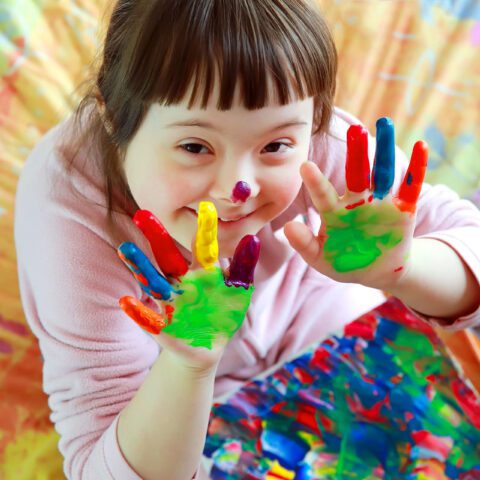
The art area is one of the most important creative spaces in the early childhood classroom. You can easily outfit this space to support your anti-bias education goals.
- Incorporate materials and approaches that foster open-ended creativity, personal initiative and imagination, rather than the completion of adult-designed and managed projects.
- Incorporate a variety of materials (often marketed as “multicultural”) such as paper, crayons/markers, paint, and clay/playdough. Be sure to include materials that enable diverse children to represent the skin tones within and across their families, and encourage them to talk openly about their similarities and differences
- Provide opportunities for the children to express their ideas about themselves, their families, and their life experiences and engage in conversations with one another with adult support
- Encourage the children to take ownership of their art and describe the processes and decisions that went into their creative process, rather than engaging in one-way, evaluative interactions in which adults judge the perceived prettiness or attractiveness of their art.
Now that you’ve gained some insights into setting up an inclusive environment, explore ways to put inclusive teaching methods into practice